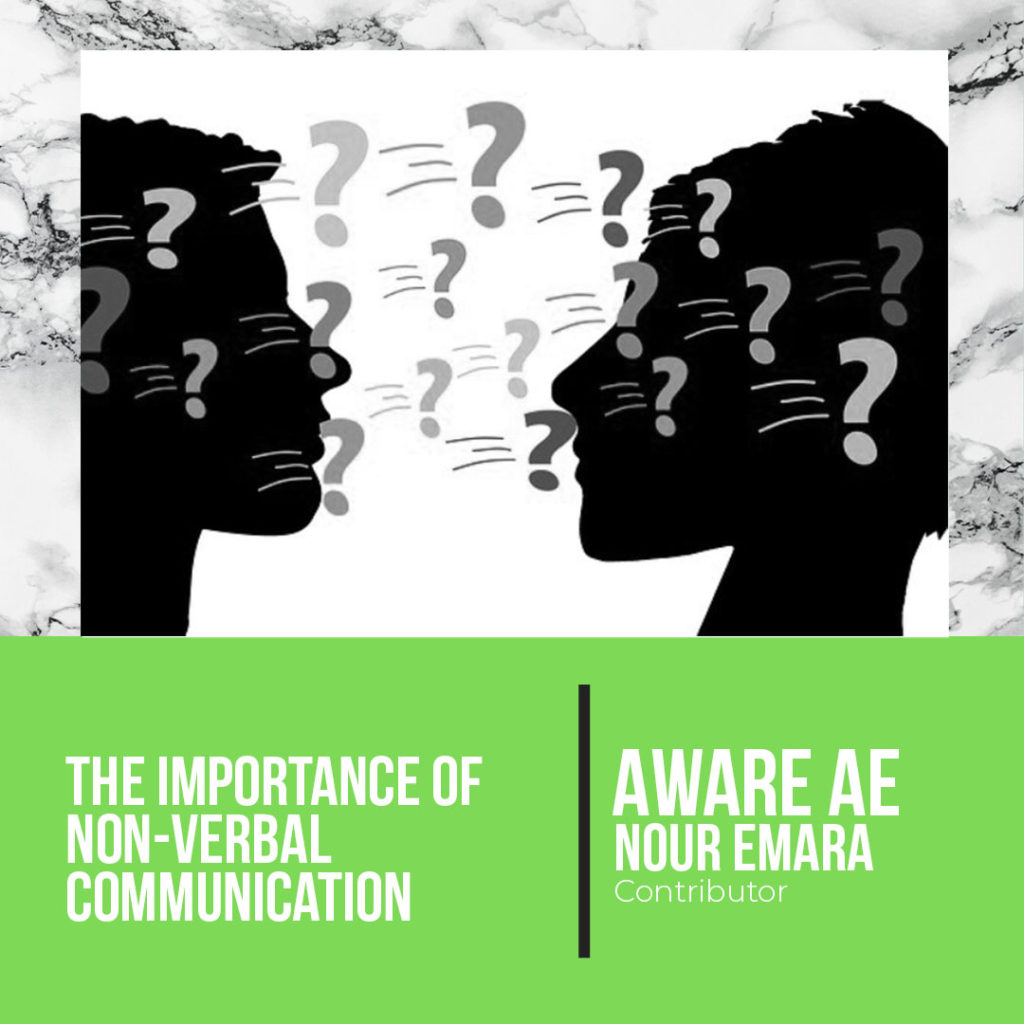Non-verbal communication is the act of conveying a thought, feeling, or idea through physical gestures, posture, and facial expressions. Non-verbal communication plays a significant role in our lives, as it can improve a person’s ability to relate, engage, and establish meaningful interactions in everyday life. A better understanding of this type of communication can lead people to develop stronger relationships with others. Often referred to as body language, non-verbal communication can take many forms and may be interpreted in multiple ways by different people, especially across cultures. Even a lack of such non-verbal cues can be meaningful, and in itself, a form of non-verbal communication.
Each movement and combination of movements of the body – such as shifts in posture, direction of the eyes, gestures of the limbs, and expressions of the face – provide signals to others. These cues may be subtle or obvious, and they can be contradictory. A person might say one thing while their body language conveys an entirely different message. This might be especially true when a person is not telling the truth. As non-verbal communication is often instinctive and typically not easy to fake, it is generally more indicative of a person’s true feelings.
Types of Non-Verbal Communication
Forms of nonverbal communication are many and varied and can provide extensive insight into a person’s thoughts and feelings. Forms of non-verbal communication can be categorized to better understand their place in everyday interactions –
- Gestures include motion of the head or limbs
- Posture refers to both the position of the body by itself and in relation to others
- Body movements may include any motion of the body
- Eye contact is the direction and focus of a person’s eyes
- Tone of voice is the range of pitch in the voice that may communicate something other than the actual words being spoken
- Facial expressions refer to any movement and changes of the facial composition
Non-verbal communication is often used in conjunction with verbal communication to repeat, emphasize, support, or contradict a verbal message, or to serve in the place of a verbal message.
Role of Non-Verbal Communication in Relationships
An individual’s non-verbal cues might be more easily read by a close friend, partner, or family member. In close relationships, this deeper understanding on a non-verbal level might facilitate greater closeness and strengthen bonds, especially when it complements what is actually being said by a friend or by one partner in a relationship.
However, when something does not feel right, it may be more difficult for people to hide things from those they are close to and attempts to do so may lead to miscommunication or conflict in the relationship. As non-verbal communication is often unconscious, the way individuals communicate non-verbally may provide the first indication of underlying issues not readily apparent in the relationship.
Overall, non-verbal communication can play an important role in the development and maintenance of relationships.
